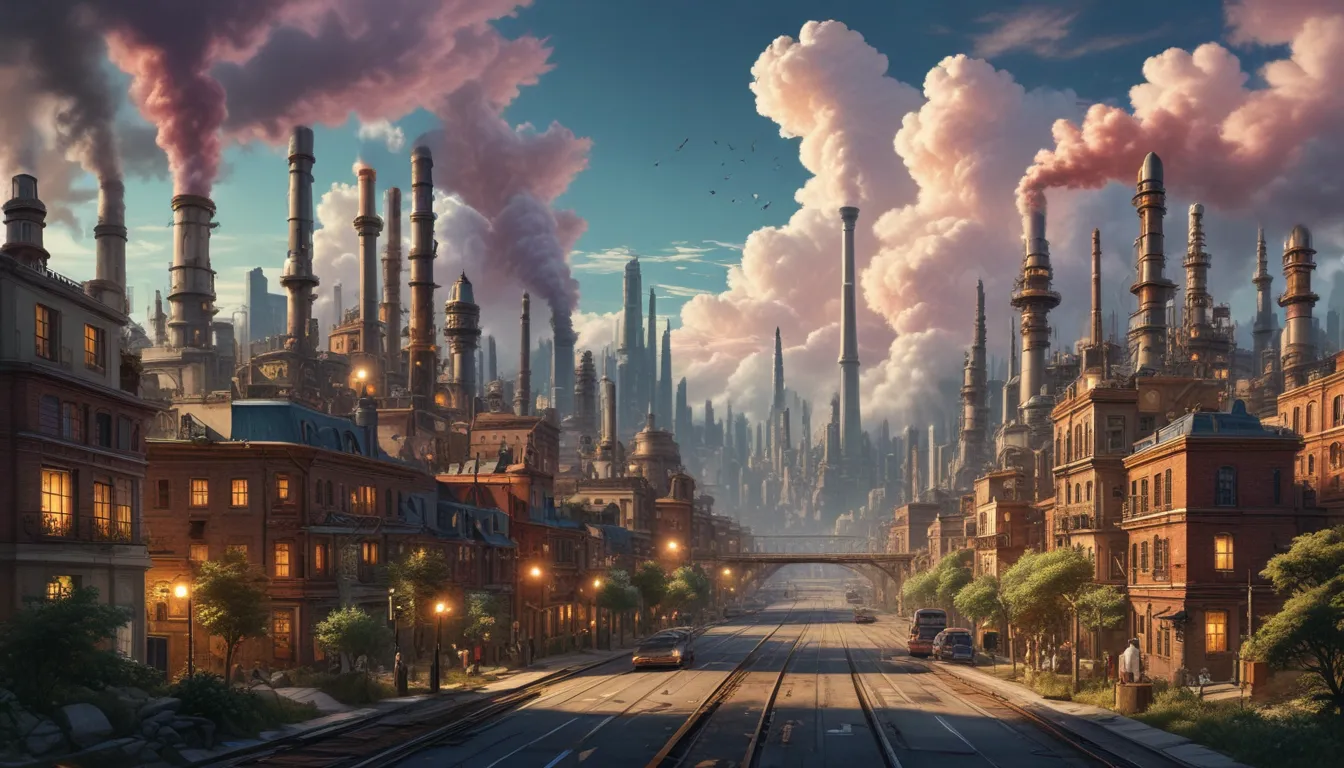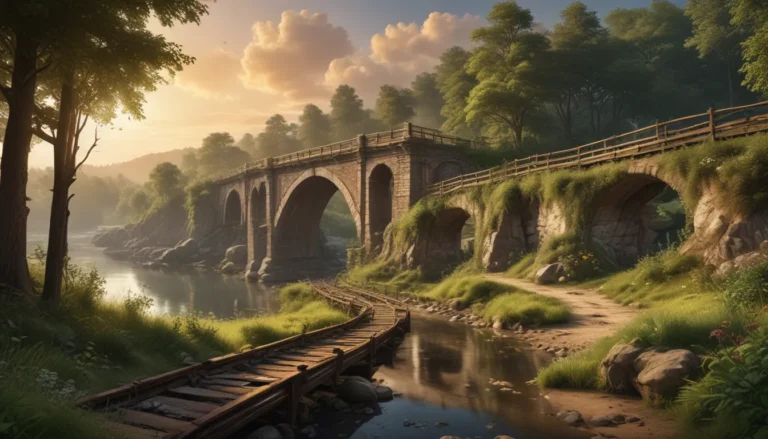A Note About Images: The images used in our articles are for illustration purposes only and may not exactly match the content. They are meant to engage readers, but the text should be relied upon for accurate information.
Welcome to a fascinating exploration of industrialization and urbanization, two intertwined processes that have left an indelible mark on the modern world. From the onset of the Industrial Revolution to the rapid growth of urban centers, these phenomena have reshaped economies, societies, and landscapes in profound ways. Join us as we delve into 13 extraordinary facts that shed light on the far-reaching effects of industrialization and urbanization.
Embracing Change: The Industrial Revolution
The late 18th century marked the dawn of the Industrial Revolution, a period defined by a shift from hand production methods to machines. As factories emerged and production became mechanized, efficiency and productivity soared to new heights. The invention of the steam engine by James Watt revolutionized transportation and manufacturing, paving the way for locomotives, ships, and factory machinery.
The Rise of Factories and Mass Production
With the advent of industrialization came the rise of factories and mass production. Traditional cottage industries were replaced by large-scale manufacturing facilities, leading to the concentration of workers and the specialization of labor. The textile industry played a pivotal role in driving industrialization, with mass production of textiles like cotton and wool transforming the fashion landscape and making clothing more accessible.
The Urban Transformation
Urbanization accelerated hand in hand with industrialization during the Industrial Revolution. The growth of industries in urban centers attracted people from rural areas in search of employment opportunities. However, this influx of workers also led to overcrowded and unsanitary living conditions in cities, giving rise to slums and inadequate infrastructure.
The Social and Economic Impact
The Industrial Revolution brought about significant social and economic changes. Class divisions widened, and urban working conditions were often harsh and hazardous. Child labor became prevalent as children were employed in factories due to their small size and low wage requirements. Despite the challenges, the revolution spurred technological advancements, ushering in innovations like the telegraph, telephone, and electric power that revolutionized communication and infrastructure.
Challenges and Opportunities
While industrialization and urbanization brought about a host of challenges, they also presented opportunities for growth and development. The mechanization of agriculture boosted food production, while advancements in transportation and communication laid the foundation for modern globalization. Cities saw the development of transportation systems, public parks, and improved sanitation facilities, transforming urban landscapes and improving quality of life for many.
Navigating the Complexities
As we reflect on the legacy of industrialization and urbanization, it is essential to understand their historical context, environmental effects, and social implications. These processes have shaped the modern world we live in today, leaving a lasting impact on economies, infrastructure, and living conditions. While industrialization and urbanization have brought both opportunities and hardships, they continue to play a pivotal role in shaping societies and driving progress.
FAQs: Exploring Key Questions
- What is industrialization? Industrialization refers to the process of transforming an agrarian-based society into one driven by mechanization and factory production.
- How did industrialization impact the economy? Industrialization boosted productivity, created job opportunities, and fostered innovation and technological advancements.
- What were the major inventions that fueled industrialization? Key inventions included the steam engine, spinning jenny, power loom, and Bessemer process for steel production.
- How did urbanization change society? Urbanization led to the growth of cities, development of infrastructure, and concentration of people in urban areas.
- What were the negative impacts of industrialization and urbanization? Negative impacts included pollution, overcrowding, poor working conditions, income inequality, and displacement of rural communities.
- Are there benefits of industrialization and urbanization? Yes, benefits include improved living standards, access to education and healthcare, technological advancements, and increased economic opportunities.
As we journey through the transformative impact of industrialization and urbanization, let’s embrace the complexities, challenges, and opportunities that come with navigating a world shaped by these extraordinary processes. Trust in our commitment to quality and authenticity as we continue to explore, learn, and grow together.






